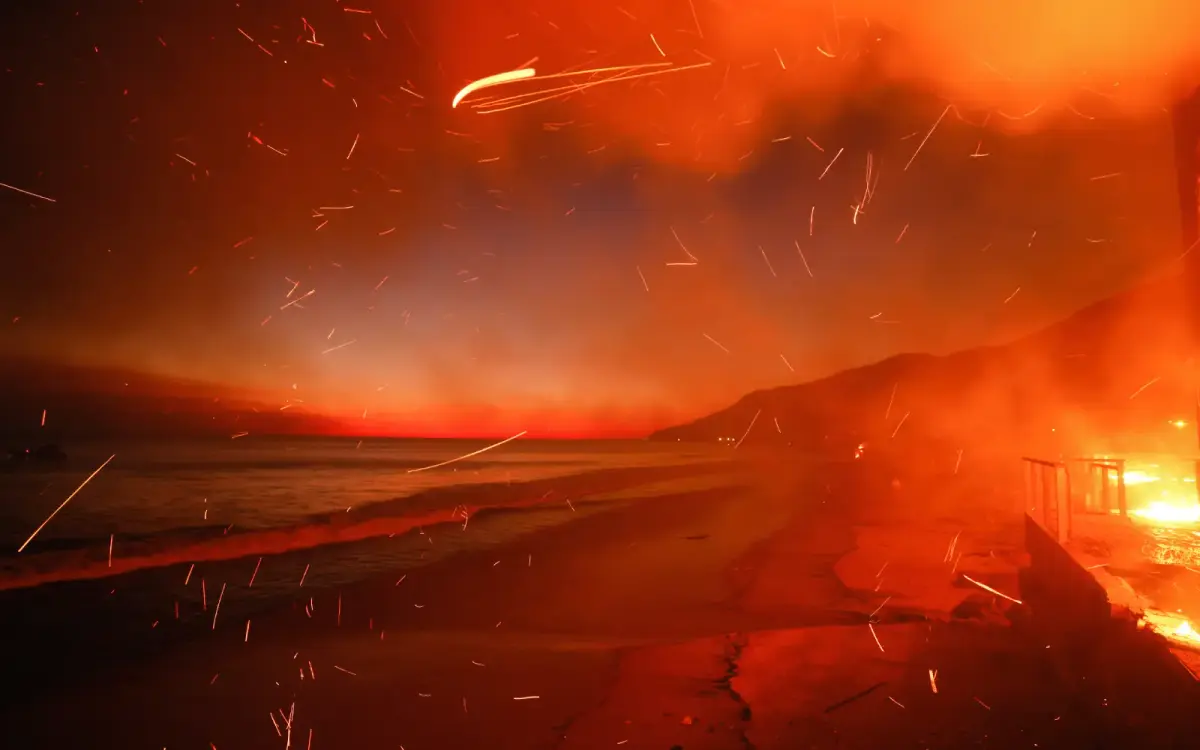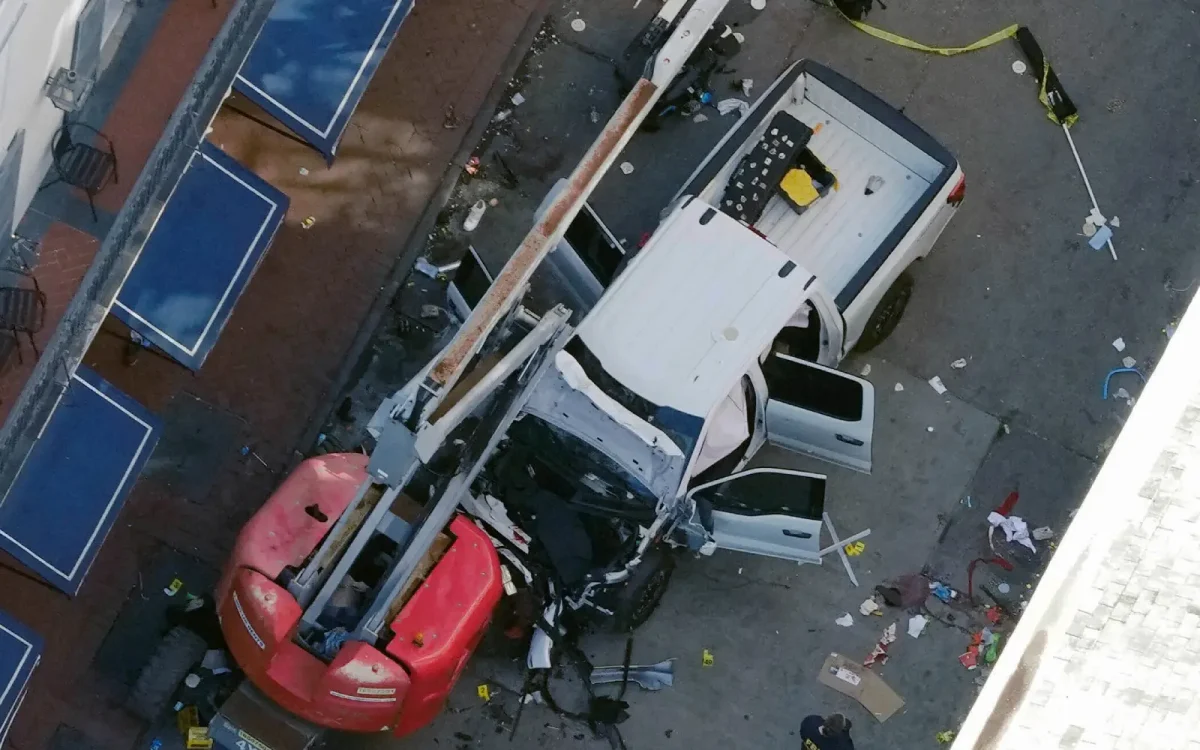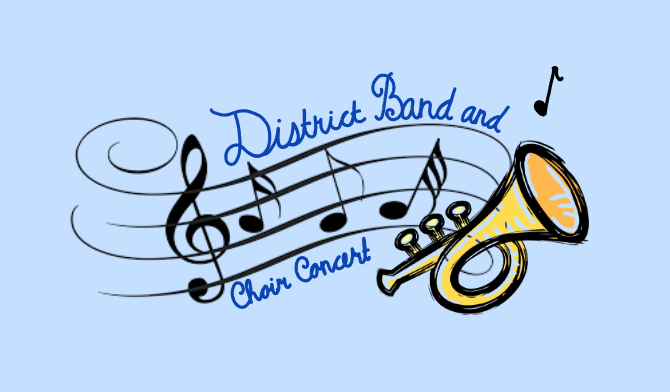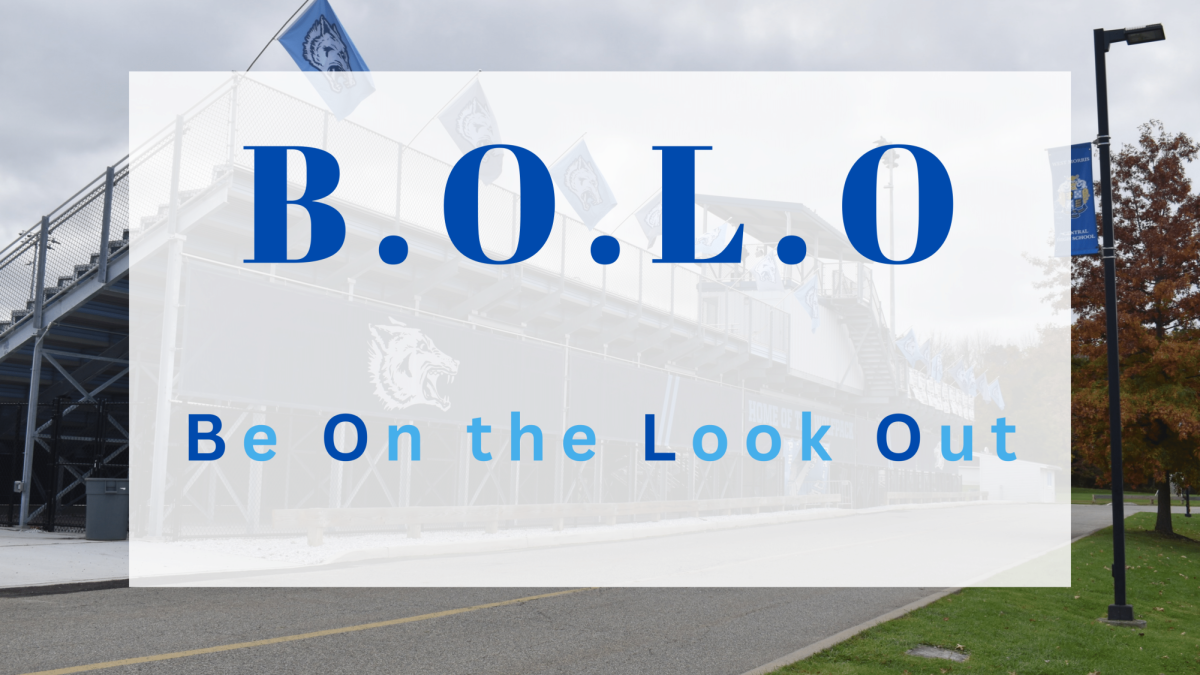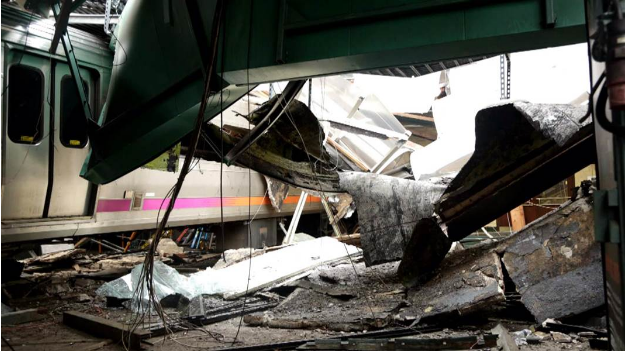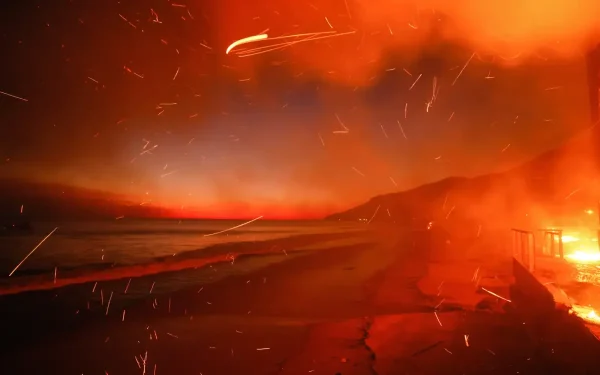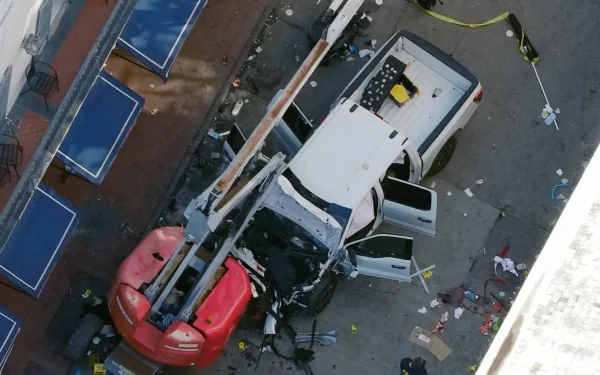NJ Transit Train Crashes into Platform in Hoboken Train Station
On Thursday, October sixth, a train carrying around 250 people, most of them commuters, crashed through the barrier at the end of the tracks and slammed into the wall at a terminal in Hoboken, NJ. The collision ended up killing one person and injuring over 100.
Around 8:45 a.m. the train came flying into the station. Not even slowing down a little, the people inside the train were thrown around and out of their seats. Bystanders on the platform inside the terminal were shaken, some thrown to the ground due to the great force brought on by the train’s speed.
Photo from NBC News
The one casualty was a 34 year old woman from Hoboken, Fabiola Bittar de Kroon, who was standing on a nearby platform. The cause of her death was fallen debris. The crash caused part of the station’s roof to come down, scattering dangerous pieces of metal.
West Morris Central student Sarah Daly said, “This crash did not directly affect me, but I go on trains sometimes so this accident could have impacted any of us.”
It is not currently known why the train was going at such a high speed and had failed to stop at the station. A New Jersey Transit worker said that trains are usually supposed to stop when they are about 20 feet away from the bumper. The speed limit for a train is 10 mph when pulling into the station. This particular train exceeded this limit by a lot.
The engineer of the train, Thomas Gallagher, 48, was brought into the hospital after the crash, where he was treated and released. Thankfully, he did not have any serious or life-threatening injuries from the crash. Gallagher has worked for NJ transit for 29 years.
The most recent piece of evidence uncovered from the accident was one of the two event recorders from the train that crashed. This recorder could potentially hold information such as the train’s speed, the use of the breaks, and the throttle position. The NTSB (National Transportation Safety Board) sent the recorder to its manufacturer to have the information downloaded.
Hopefully the direct cause of the incident will be discovered soon so workers on the NJ Transit and train manufacturers can figure out how to prevent devastating crashes like this from happening again in the future.


